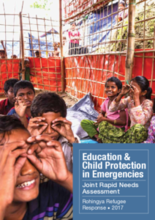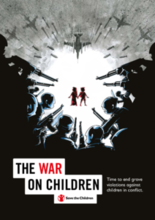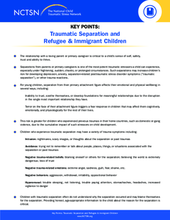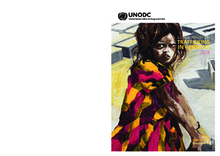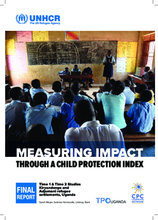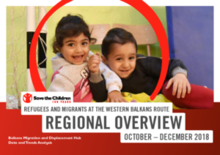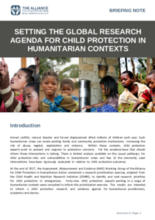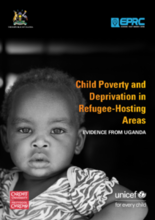Displaying 281 - 290 of 525
The main objective of this Joint Rapid Education and Child Protection Need Assessment (JRNA) was to identify education and child protection needs, priorities and capacities of Rohingya boys and girls in the camps, settlements and host community in Cox’s Bazar, Bangladesh to inform and provide the evidence-base for the 2018 Joint Response Plan (JRP).
As part of the "Children Come First: Intervention at the border" project, Save the Children Italy elaborates and disseminates, on a quarterly basis, a dossier containing quantitative and qualitative information (profiles) relating to migrant minors entering Italy. This dossier contains information relating to the last quarter of 2017.
This report from Save the Children identifies concerning trends for the safety and wellbeing of children living in areas impacted by conflict, through analysis of the United Nations Annual Reports of the Secretary General on Children and Armed Conflict (CAAC) and new research by the Peace Research Institute Oslo (PRIO).
In this chapter from the The Twenty-third Italian Report on Migrations 2017, the authors provide a picture of the presences and characteristics of the unaccompanied minors present in the EU countries, and in particular in Italy, to then illustrate the main innovations introduced by law 47, approved on 7 April 2017.
This resource from the National Child Traumatic Stress Network provides key points related to traumatic separation and immigrant and refugee children, adapted from the NCTSN fact sheet Children with Traumatic Separation: Information for Professionals.
This Global Report on Trafficking in Persons describes human trafficking on a global scale, including the incidences of child trafficking per region and country.
This report describes the research conducted in 2016 in Kiryandongo and Adjumani refugee settlements in Uganda, presenting a comparison of child protection system strength between 2014/5 and 2016, and child protection outcomes over the same time period.
Data and Trend Analysis (DATA) Refugees and Migrants at the Western Balkans Route Regional Overview, covering period October - December 2018, describes key trends in migrations in the region, detailing information about the number of people on the move, demography (age, sex, country of origin, etc), behavioral patterns, and routes in use - with a focus on children, particularly unaccompanied children. Data in this report includes key trends in Bulgaria, North Macedonia, Serbia, Albania, Montenegro, Bosnia and Herzegovina, and Croatia.
This Briefing Note outlines the priority areas for the Global Research Agenda, laid out by the Assessment, Measurement and Evidence (AME) Working Group of the Alliance for Child Protection in Humanitarian Action.
This study assessed child poverty, deprivation and social service delivery in refugee and host communities in selected districts in the country’s three major refugee-hosting areas: West Nile, a sub-region of Northern region that borders South Sudan; the country’s South West, which borders the DRC and Rwanda; and the capital, Kampala.

